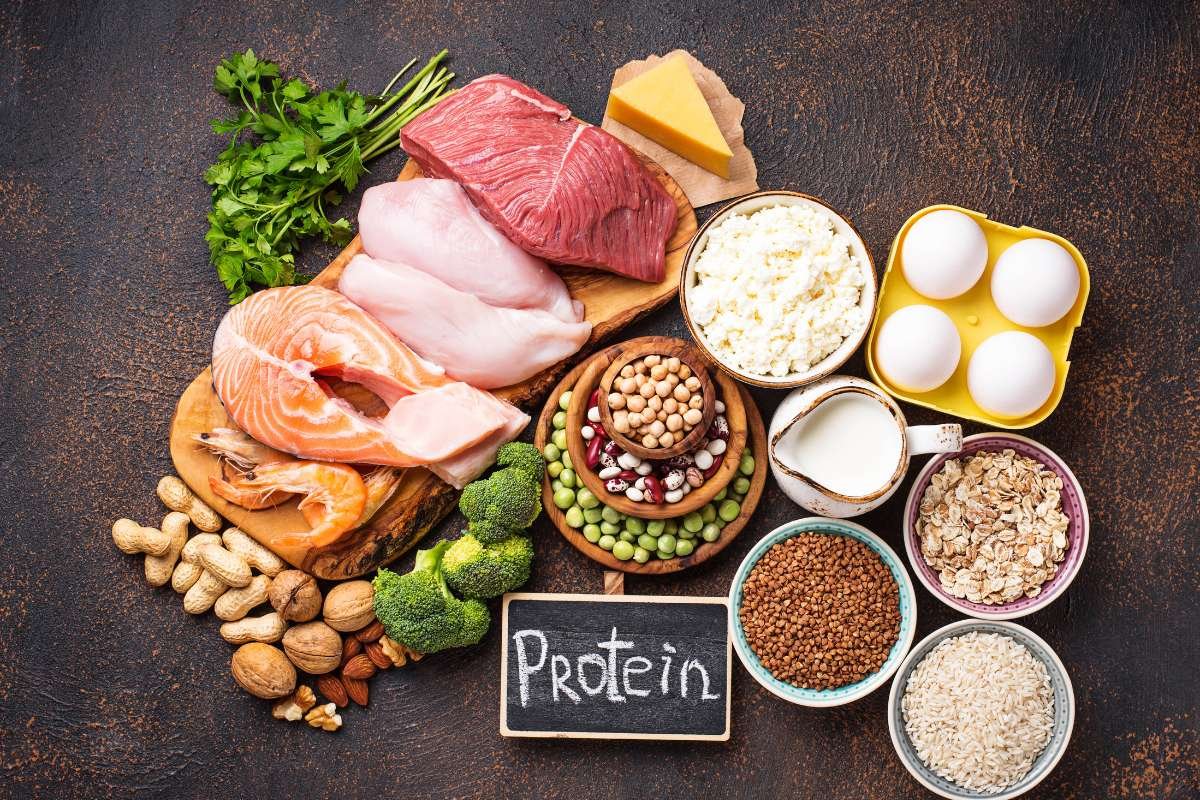Pain, whether sudden or long-lasting, can greatly affect your life. While medicines can provide quick help, long-term use of painkillers can lead to risks like addiction, stomach problems, and liver damage. More people are turning to natural pain relief methods that support overall health. These natural remedies come from old traditions and are now backed by modern science. They offer safe and effective ways to manage pain without harming your health.
In this article, we will explore science-backed natural pain relief options, share expert advice, and guide you toward a balanced way to manage pain naturally.
Understanding Pain and Why Natural Approaches Matter
Pain is the body’s signal that something is wrong. It can arise from injury, inflammation, nerve damage, or chronic conditions like arthritis or fibromyalgia. Traditional medicine often targets symptoms, not root causes. Natural pain relief, in contrast, focuses on reducing inflammation, supporting nervous system health, and encouraging the body’s own healing mechanisms.
Dr. Maya Patel, a board-certified integrative medicine specialist, explains, “The goal is not just to numb the pain but to improve overall health in a way that reduces the need for medication over time.”
1. Herbal Remedies: Nature’s Pharmacy
Plants have been used medicinally for centuries, and many herbal remedies have been proven effective through clinical research. Here are a few popular herbs used for natural pain relief:
- Turmeric (Curcuma longa): Contains curcumin, a powerful anti-inflammatory compound. It’s particularly effective for joint pain and arthritis. A 2022 meta-analysis in The Journal of Medicinal Food confirmed its efficacy comparable to ibuprofen in osteoarthritis patients.
- Willow Bark: Known as “nature’s aspirin,” it contains salicin and is effective in treating headaches and lower back pain.
- Boswellia (Frankincense): Used in Ayurvedic medicine, Boswellia can reduce chronic inflammation and improve mobility in osteoarthritis sufferers.
Always consult with a healthcare provider before incorporating herbs, especially if you’re on medication or pregnant.
2. Essential Oils and Aromatherapy

Aromatherapy is more than just a pleasant scent. Certain essential oils have analgesic and anti-inflammatory properties. Popular options include:
- Lavender Oil: Shown to reduce migraine frequency and intensity.
- Peppermint Oil: Contains menthol, which cools and numbs the skin, providing relief from muscle tension and headaches.
- Eucalyptus Oil: Helps reduce inflammation and improve circulation.
Inhaling essential oils or applying them topically with a carrier oil can support natural pain relief efforts, especially when combined with massage or warm compresses.
3. Acupuncture and Acupressure
Traditional Chinese medicine techniques like acupuncture and acupressure are increasingly recognized in Western healthcare systems. These techniques stimulate specific points on the body to balance energy flow and reduce pain.
A study published in JAMA Internal Medicine found acupuncture significantly more effective than standard care in treating chronic back and neck pain. Patients often experience immediate improvement with few to no side effects.
Acupressure, the non-invasive cousin of acupuncture, involves applying pressure with fingers or tools rather than needles and can be self-administered at home for headaches, menstrual cramps, and joint pain.
4. Mind-Body Techniques: Meditation, Yoga, and Biofeedback

Pain isn’t just physical—it affects emotional and psychological well-being. Mind-body practices are increasingly being incorporated into pain management protocols in hospitals and clinics.
- Meditation and Mindfulness: These practices calm the nervous system and shift attention away from pain, reducing perceived intensity. Studies from Harvard Medical School show that regular meditation activates pain-regulating brain centers.
- Yoga and Tai Chi: Gentle movement combined with breathwork enhances flexibility, reduces stiffness, and builds strength. Both are excellent for people with arthritis, fibromyalgia, or chronic lower back pain.
- Biofeedback Therapy: This technique teaches you to control physiological functions such as heart rate and muscle tension. With practice, users learn to control pain responses consciously.
These techniques form a critical part of a natural pain relief plan by addressing both the body and mind.
5. Diet and Anti-Inflammatory Nutrition
Inflammation is often the root cause of chronic pain. Adjusting your diet can significantly reduce systemic inflammation, leading to long-term pain reduction.
Foods that fight inflammation include:
- Fatty fish (salmon, sardines): Rich in omega-3 fatty acids
- Leafy greens (spinach, kale): Packed with antioxidants
- Berries: High in anti-inflammatory polyphenols
- Nuts and seeds: Great sources of magnesium and healthy fats
Equally important is avoiding pro-inflammatory foods like refined sugars, red meat, trans fats, and processed foods. Registered dietitian Anjali Mehra notes, “Many patients report reduced joint pain within weeks of adopting an anti-inflammatory diet.”
A consistent nutrition plan acts as a foundational pillar of natural pain relief, supporting tissue repair and energy balance.
6. Massage and Physical Therapy

Therapeutic massage relieves muscle tension, improves blood flow, and promotes lymphatic drainage. Whether you’re dealing with sports injuries or chronic pain, regular massage can reduce the need for pain medication over time.
Physical therapy, on the other hand, strengthens muscles and joints, improves posture, and prevents the recurrence of pain. It’s often recommended post-surgery or injury, but is also incredibly effective for conditions like sciatica and carpal tunnel syndrome.
Incorporating these bodywork modalities into your routine supports a long-term, sustainable path to natural pain relief.
7. Heat and Cold Therapy
Simple yet effective, temperature-based therapies are a cornerstone of natural pain management.
- Cold packs reduce swelling and numb sharp pain.
- Heat pads improve circulation and ease muscle tension.
Use cold therapy within the first 48 hours of injury, and switch to heat therapy to relax tissues and enhance healing. Alternating between the two can be especially beneficial for muscle strains and overuse injuries.
8. Sleep and Lifestyle Factors

Quality sleep is a natural healer. During deep sleep stages, the body repairs tissues, balances hormones, and reduces inflammation. Chronic sleep deprivation can intensify pain sensitivity and weaken the immune system.
Establish a routine that includes:
- 7–9 hours of restful sleep per night
- Reduced screen time before bed
- Avoidance of caffeine late in the day
- A dark, cool, and quiet bedroom environment
Adding light daily activities like walking, stretching, or swimming also promotes circulation and prevents stiffness.
These seemingly simple adjustments significantly contribute to your natural pain relief journey.
Final Thoughts: Taking Control of Pain Naturally
Pain is a part of life, but you don’t have to suffer. Using natural pain relief methods like herbal remedies, gentle exercise, good sleep, and healthy eating helps your body heal and feel better.
Natural methods don’t replace medical care when you need it. But if you want to use less medicine or add to your current treatment, there are many safe and easy options.
Start with small steps. Try something like turmeric supplements or meditation before bed and see how your body feels. Over time, using several natural methods together can be the best way to live well without pain.






.jpg)
